There can be your advertisement
300x150
"Healthy" Interior: 10 Materials to Avoid for Your Health
Paints, varnishes, linoleum and other construction materials harmful to health
Want to create a stylish, cozy, eco-friendly and safe interior? Take note of tips on how to avoid mistakes when choosing construction materials.
Drop Ceiling
Many people use drop ceilings, but they also have their drawbacks. PVC film is included in the composition of drop ceilings, which releases phenol. These vapors are toxic and dangerous to health.
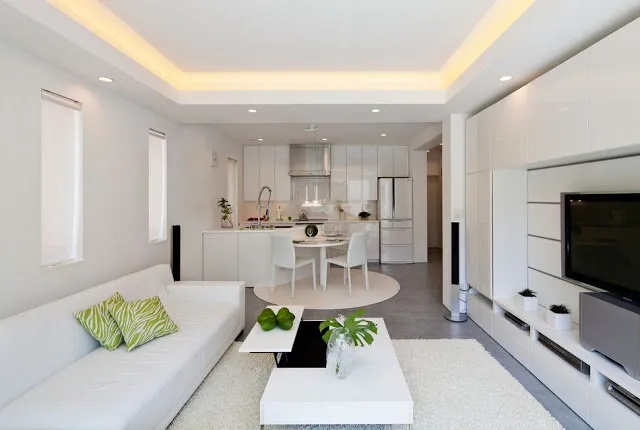
Linoleum
Linoleum comes in natural and polymer forms. While the first is eco-friendly, the second contains toxic resins that can negatively affect well-being.

Wallpaper
For interior finishing, paper wallpapers made from jute and bamboo, as well as glass wallpapers are preferable. Washable wallpapers release styrene, while vinyl wallpapers and linocrusta wallpapers contain formaldehyde.
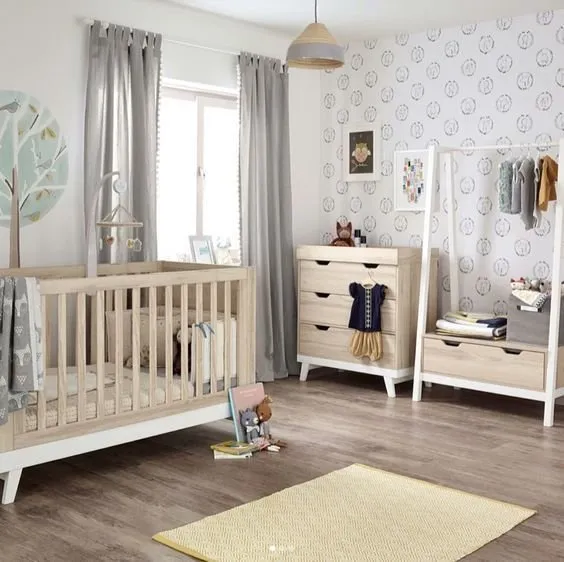
Varnishes and Paints
When choosing paint and varnish, pay attention to their quality. Most paints contain polyvinyl chloride, which can cause allergies. Keep in mind: dry mixes and facade paints are not suitable for indoor use.
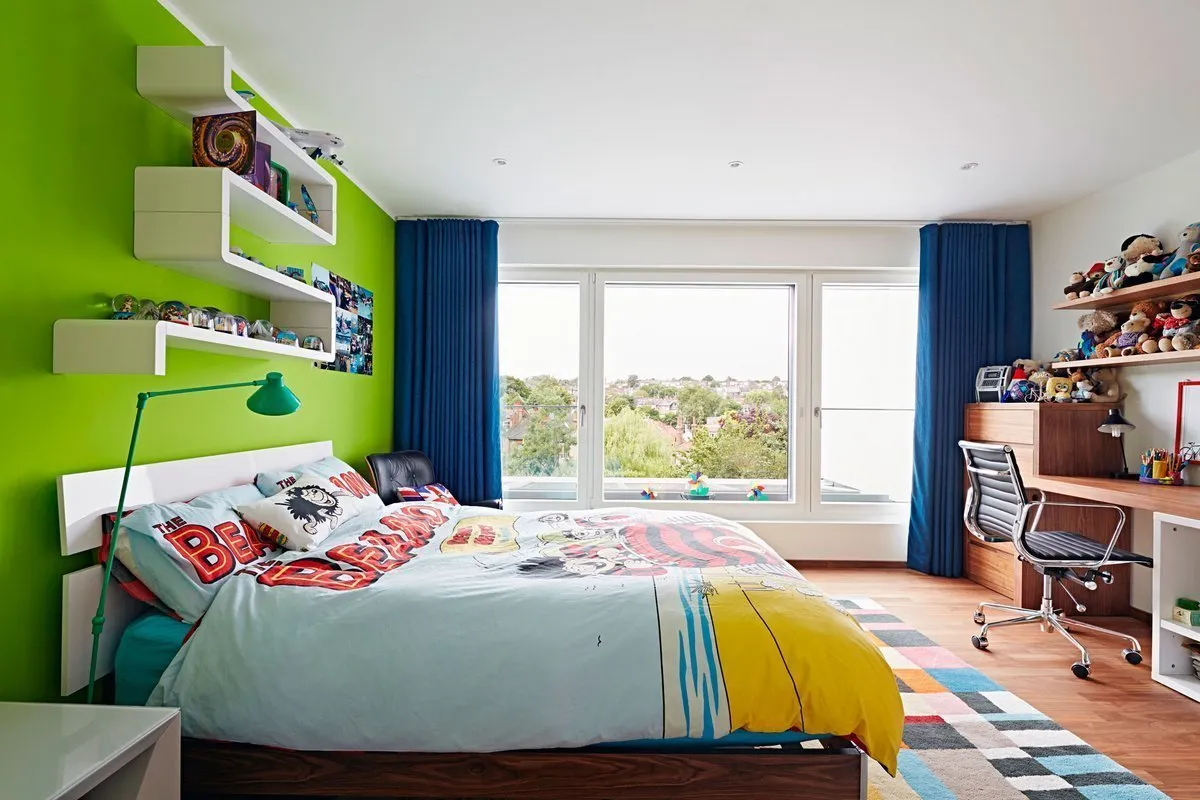
Tiling Adhesive
Ceramic tiles are an eco-friendly material. However, there are nuances: tiling adhesives contain dangerous phenol and toluene.

Plastic Panels
If you choose plastic panels for room finishing, do not use them in bathrooms and kitchens where the temperature exceeds normal levels. Panels are ideal for hallways, bedrooms or children's rooms.
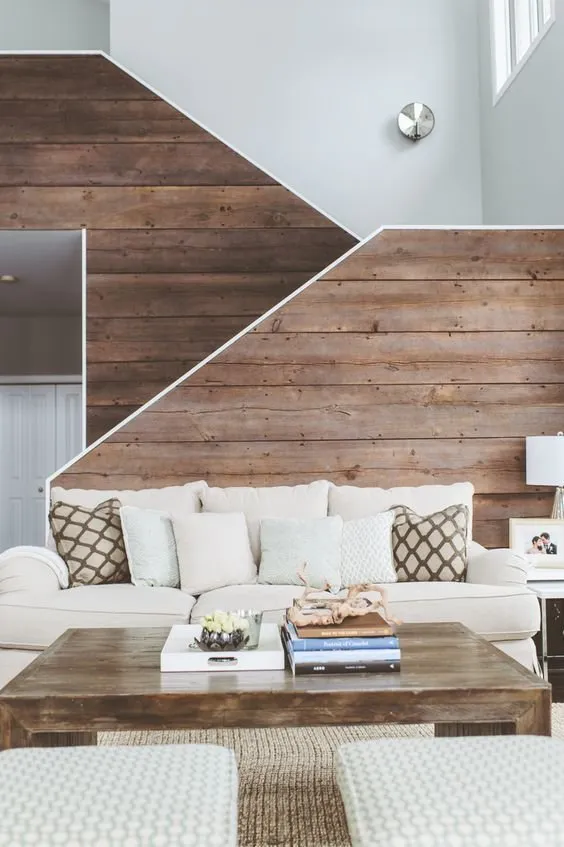
Polyurethane
Polyurethane releases toxic substances such as isocyanates and absorbs harmful substances — it is not recommended for indoor room finishing.

Silicate Brick and Reinforced Concrete
Silicate brick can accumulate radioactive radon gas, and reinforced concrete allows electromagnetic radiation to pass through.
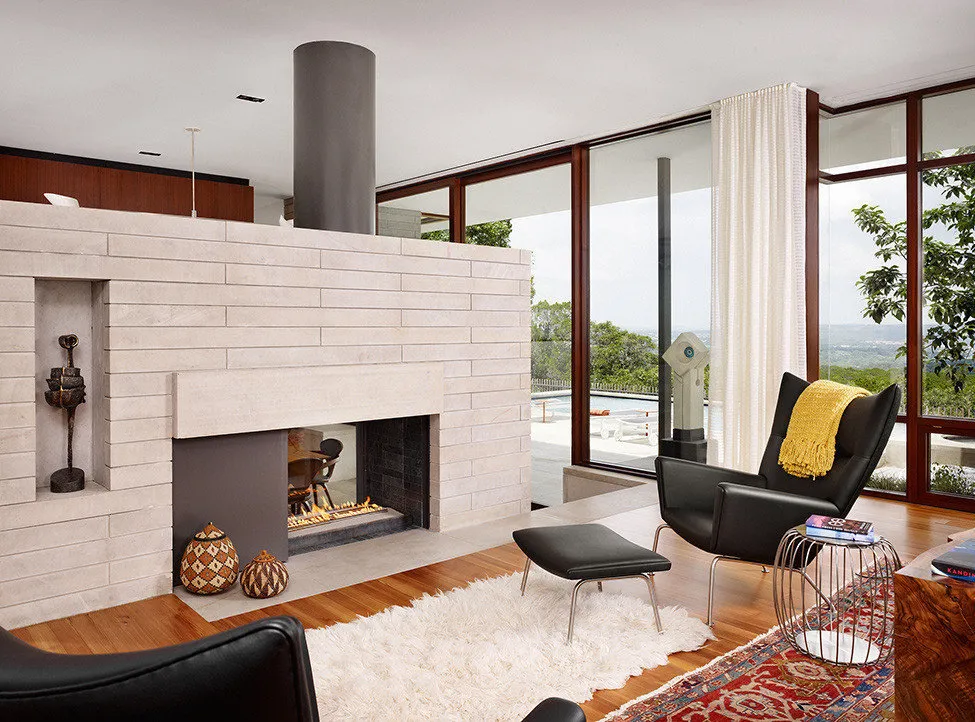
Insulation Materials
If you want to insulate walls, pay attention to the properties of building materials. Polystyrene foam is not suitable for homes as it does not allow air or moisture to pass through.
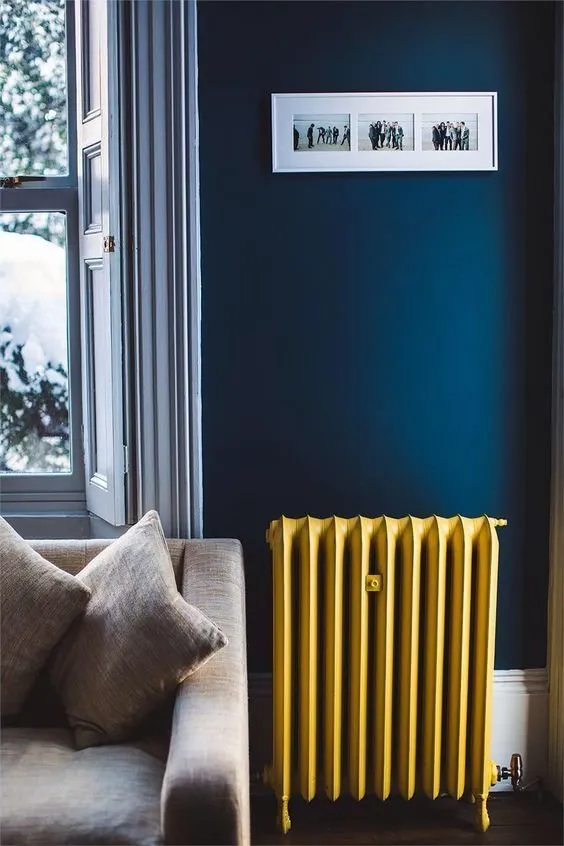
Wood Chip Board
Wood chip board is widely used in construction, but when used in large quantities, it releases dioxide and toxic formaldehyde.

More articles:
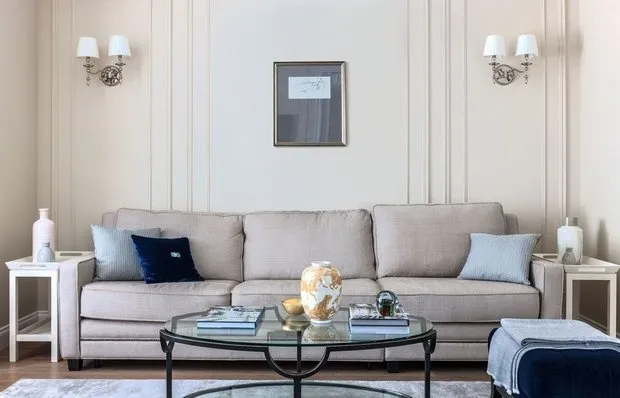 How to Arrange an Apartment According to Feng Shui: 5 Rules
How to Arrange an Apartment According to Feng Shui: 5 Rules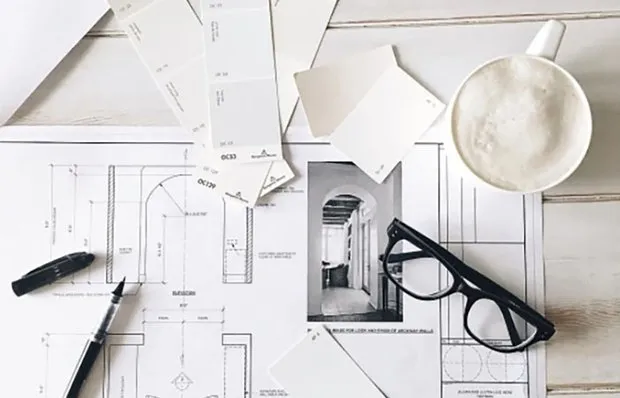 5 mistakes that cause renovation delays
5 mistakes that cause renovation delays Guide: 9 Main Spring Interior Exhibitions
Guide: 9 Main Spring Interior Exhibitions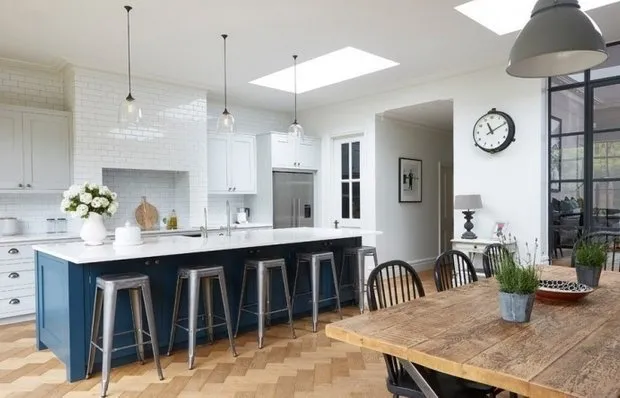 Perfect Kitchen: What Floor Covering to Choose?
Perfect Kitchen: What Floor Covering to Choose?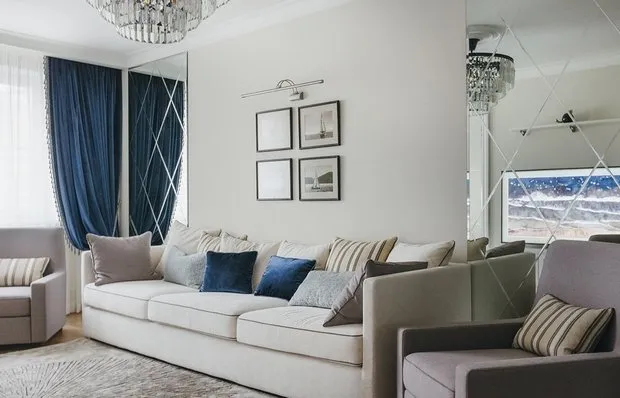 Guide: 10 Classy Neoclassical Projects
Guide: 10 Classy Neoclassical Projects Eclectic Two-Room Apartment in Paris with Three Fireplaces
Eclectic Two-Room Apartment in Paris with Three Fireplaces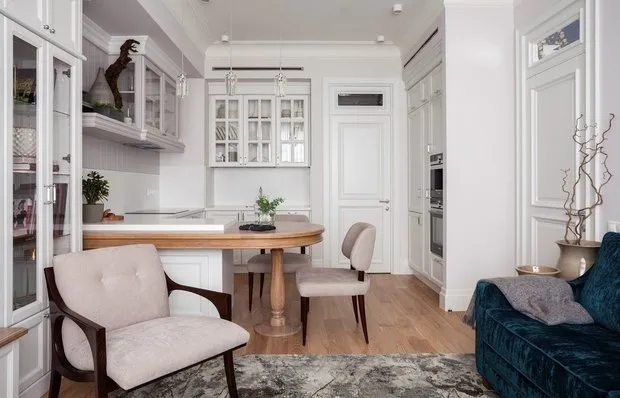 Repair within budget: how to save without compromising quality?
Repair within budget: how to save without compromising quality?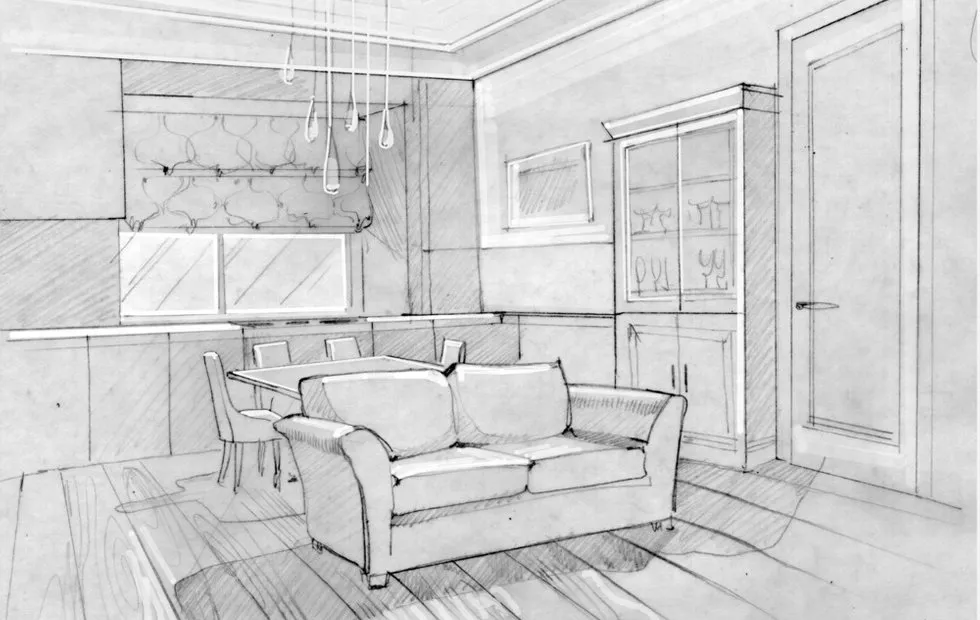 Two-Room Apartment for a Couple: Nasonov DesignWerke Project
Two-Room Apartment for a Couple: Nasonov DesignWerke Project